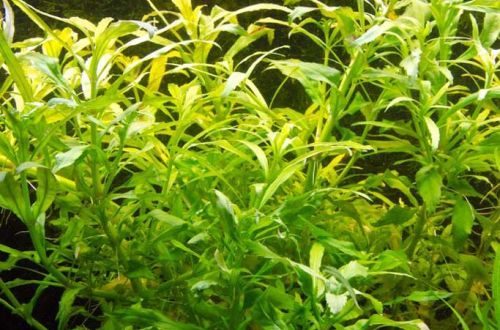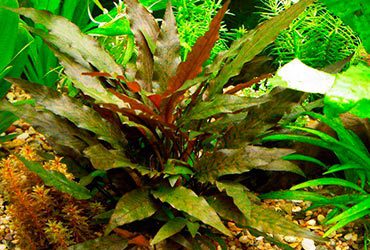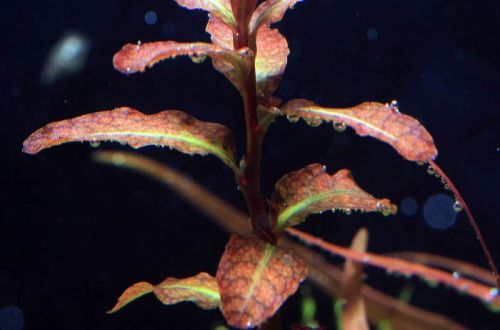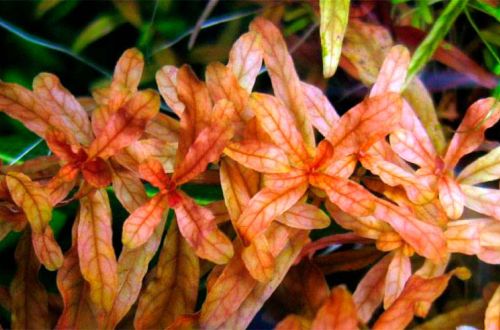
Pogostemon sampsonia
Pogostemon sampsonii, scientific name Pogostemon sampsonii. The plant was discovered in 1826 and has since changed its name several times. For a long time (more than a century) it was designated as Limnophila punctata “Blume”. The word in quotation marks is the name of the author who gave the first scientific description, Carl Ludwig Blume (1796-1862). Under this name, it appeared in the catalogs of aquarium plants and was actively traded in America and Asia, and since 2012 it has been supplied to Europe.

In the 2000s, botanists from the United States established that the plant does not belong to the genus Limnophila, but belongs to Pogostemon. For a short time it was classified as Pogostemon pumilus.
In 2014, the scientist Christel Kasselmann put an end to the identification of this species, naming it Pogostemon sampsonii, defining the habitat of South China, where this plant is found in wetlands of rivers.
Outwardly, it resembles fragrant Limnophila, forming a bush of strong stems (up to 30 cm in height) with three lanceolate leaves on each whorl, which have a serrated edge. Under water, leaf blades are thinner and slightly curved (twisted). In favorable conditions, lateral processes and new shoots actively develop.
Successful maintenance in an aquarium is possible in bright or moderate light when rooted in nutrient soil. It is recommended to use special aquarium soil and additional mineral supplements.





